Affiliate links on Android Authority may earn us a commission. Learn more.
What is the Internet of Things (IoT)?
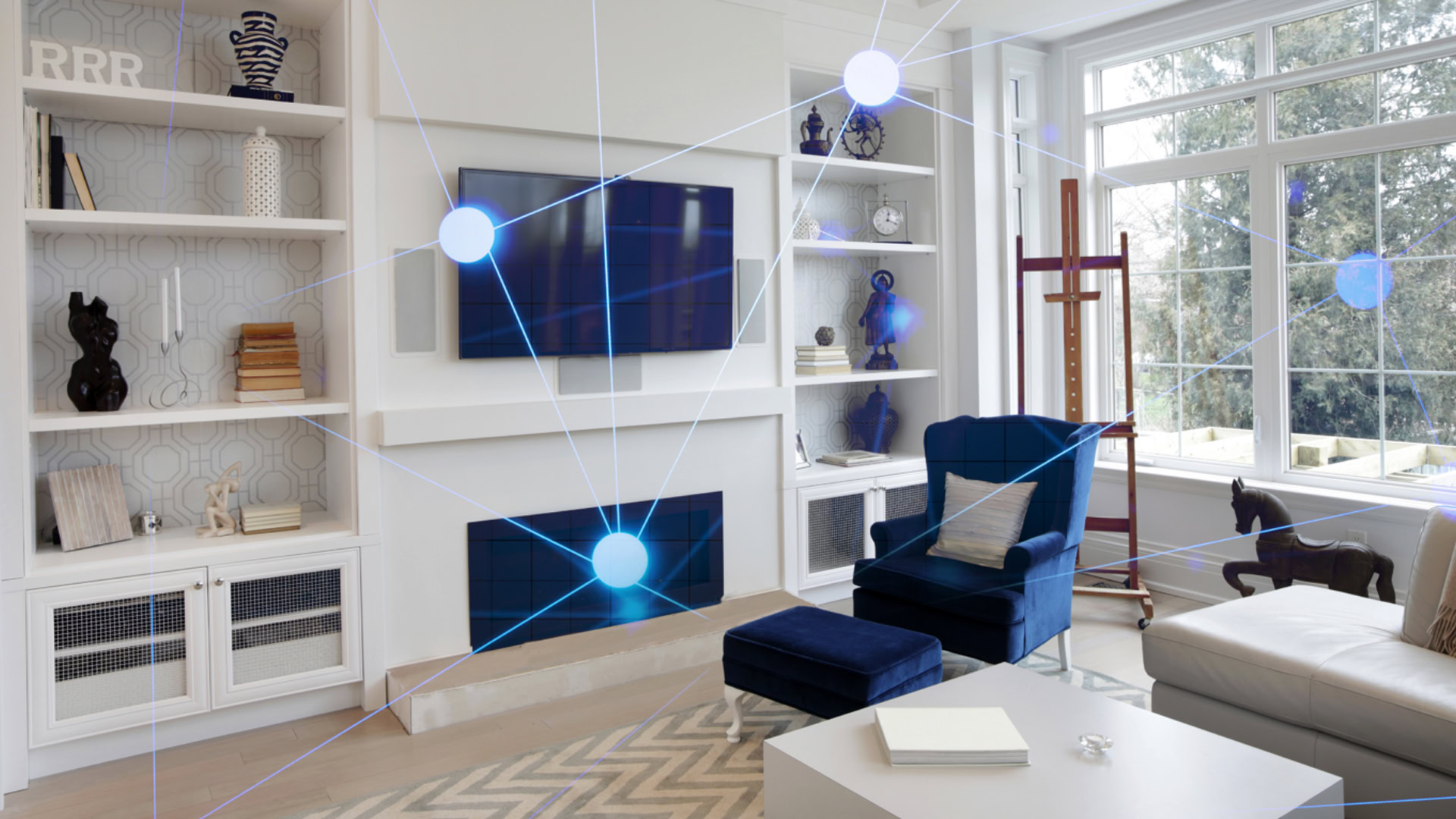
If you’ve been following technology during the past decade, you’ve inevitably seen the term “Internet of Things” at some point. But what does that mean exactly, and what’s its real-world impact?
QUICK ANSWER
The Internet of Things (IoT) refers to interconnected "smart" devices that aren't phones, tablets, or computers. While the term is most familiar in a smart home context, it also applies to medical, industrial, commercial, and military systems.
What is the Internet of Things?
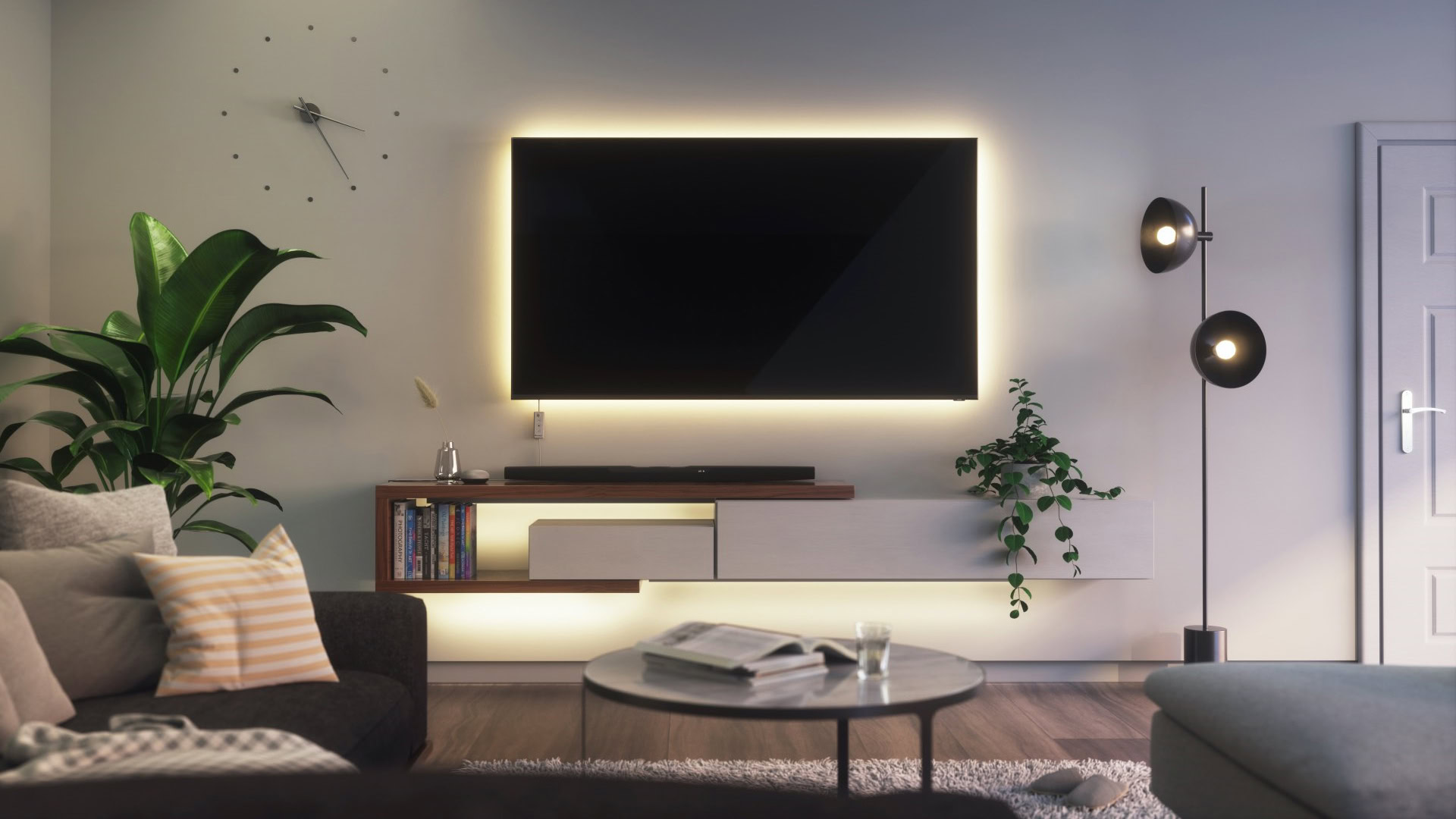
The Internet of Things — IoT from here on in — is a linkage of digitally-enhanced objects connected to each other via the internet or some other network. Specifically however the definition focuses on things that aren’t computers in and of themselves, even if a smartphone or PC is usually required for control. This translates to embedding computing into otherwise “dumb” products, such as lights, thermostats, sensors, and security systems.
If this sounds familiar, it’s because the most public face of IoT is smart home hardware. It’s by no means limited to this however, which is why IoT serves as a useful umbrella, covering industrial, commercial, and military applications as well as those Nest speakers and smart bulbs you’ve got in your apartment.
What technology does the Internet of Things rely on?

IoT is too broad to get into specifics, but we can boil things down to categories.
- Embedded processors provide varying degrees of onboard computing. This can be minimal, say in the case of a sensor, smart bulb, or smart plug, but may have to scale up for devices like smart speakers and displays, or central automation systems.
- Wireless technologies can include everything from short-range protocols such as Bluetooth, NFC, and RFID through to long-range ones like 5G and satellite systems. In between you’ll see formats like Wi-Fi, Zigbee, Z-Wave, and Thread.
- Wired connections are less important in many cases, but Ethernet and powerline communications (PLC) can serve to carry both power and data. The internet, of course, relies heavily on fiber-optic lines.
- Hubs are often necessary to bridge short- to mid-range wireless devices with the internet and other WANs (wide-area networks). Zigbee and Z-Wave accessories for example talk to a hub connected to your Wi-Fi router, which enables remote control as well as linkage with third-party platforms.
- Standardized software platforms allow devices from different manufacturers — or at least, all of those by the same manufacturer — to talk to each other and act in sync. In the smart home space, the big three platforms are Amazon Alexa, Apple HomeKit, and Google Assistant. There are other options though, and you’ll find very different platforms in business and government applications.
- Machine learning isn’t required, but it’s increasingly common as a way to have IoT systems adapt to needs and refine their responses. The Nest Learning Thermostat, for instance, can build its own heating and cooling schedule based on frequent manual adjustments.
- Mesh networking is another optional technology, but allows IoT devices to talk directly to each other and extend their reach. Zigbee, Z-Wave, and Thread are inherently mesh-based. Mesh Wi-Fi routers expand the scope of Wi-Fi networks without requiring multiple network IDs.
- Cloud computing is used to handle things that can’t be processed on-device. Consider smart speakers, which typically only process a handful of voice commands locally, uploading the rest to remote servers for interpretation. Scheduled automations are often triggered via the cloud too, though hub-based systems can run automations offline. Cloud networks frequently bridge outside services.
Internet of Things applications
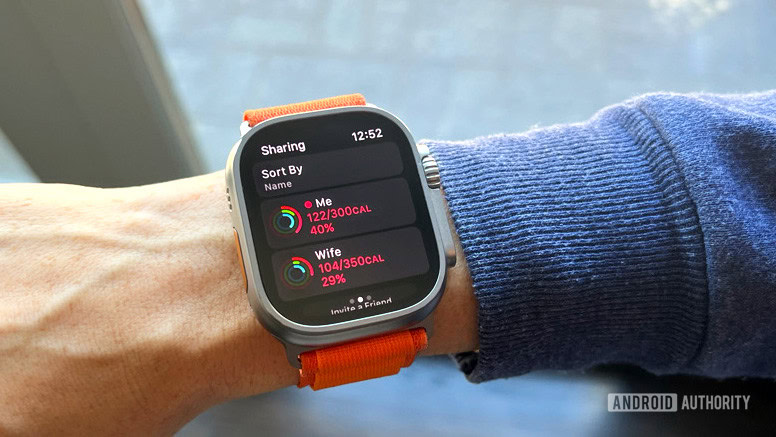
We’ve already addressed smart homes, but it’s worth pointing out uses in other spheres.
- Medical applications are generally focused on diagnosis, long-term trends, and alerts. A smart bed, for example, can tell whether a bed is occupied, and when a patient is trying to get up. This field sometimes extends into the consumer space, since data from fitness trackers, smartwatches, and smart scales can optionally be shared with physicians.
- Transportation and infrastructure uses are plentiful, among them traffic control, toll collection, energy monitoring, and fleet management. V2X (vehicle-to-everything) communications will probably be essential towards making self-driving cars commonplace, preventing accidents by talking to infrastructure and nearby vehicles.
- Manufacturing may actually be the biggest use of IoT, since modern factories are loaded with sensors and automated machines handling production, quality control, inventory, and safety.
- Agriculture makes heavy use of sensors for tracking climate, water, pests, livestock, and soil quality. More advanced farms may have automated machines and/or vehicles.
- Military purposes are unfortunately diverse, ranging from monitoring soldiers to smart munitions, automated turrets, and attack or recon drones. A major issue is keeping IoT devices connected on the battlefield, since networks can be taken down by enemy fire or cyberwarfare.
Interesting IoT products to make your home smarter
Amazon Echo (4th gen)
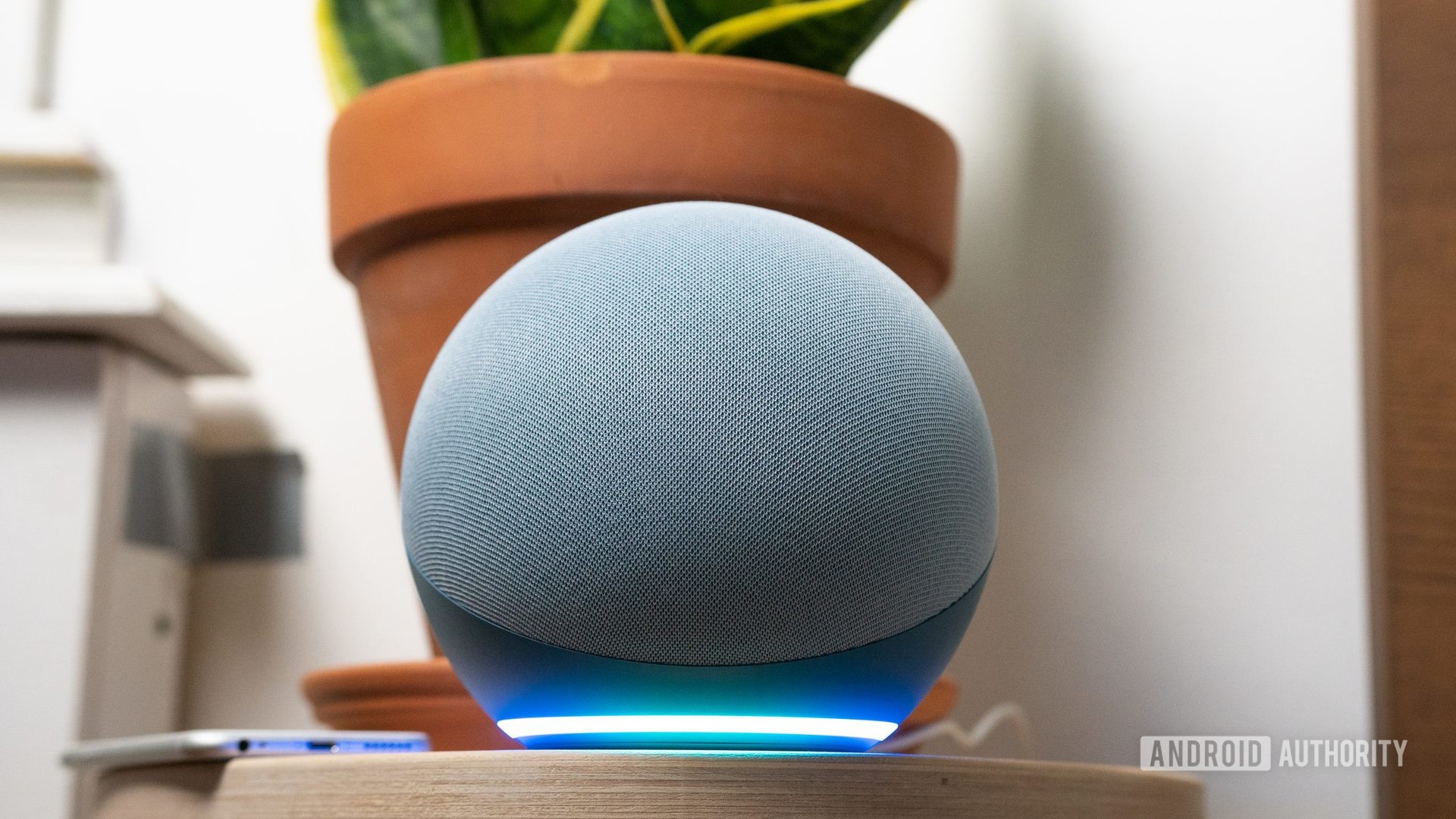
There are plenty of smart speakers on the market, but one of the best is Amazon’s 4th gen Echo. The speaker is loud and clear with plenty of bass, and forms a solid cornerstone for an Alexa-based smart home. It includes its own motion and temperature sensors, and can double as a Zigbee hub. It already supports the universal Matter smart home standard, and in the near future it should gain support for Thread accessories.
Philips Hue Go
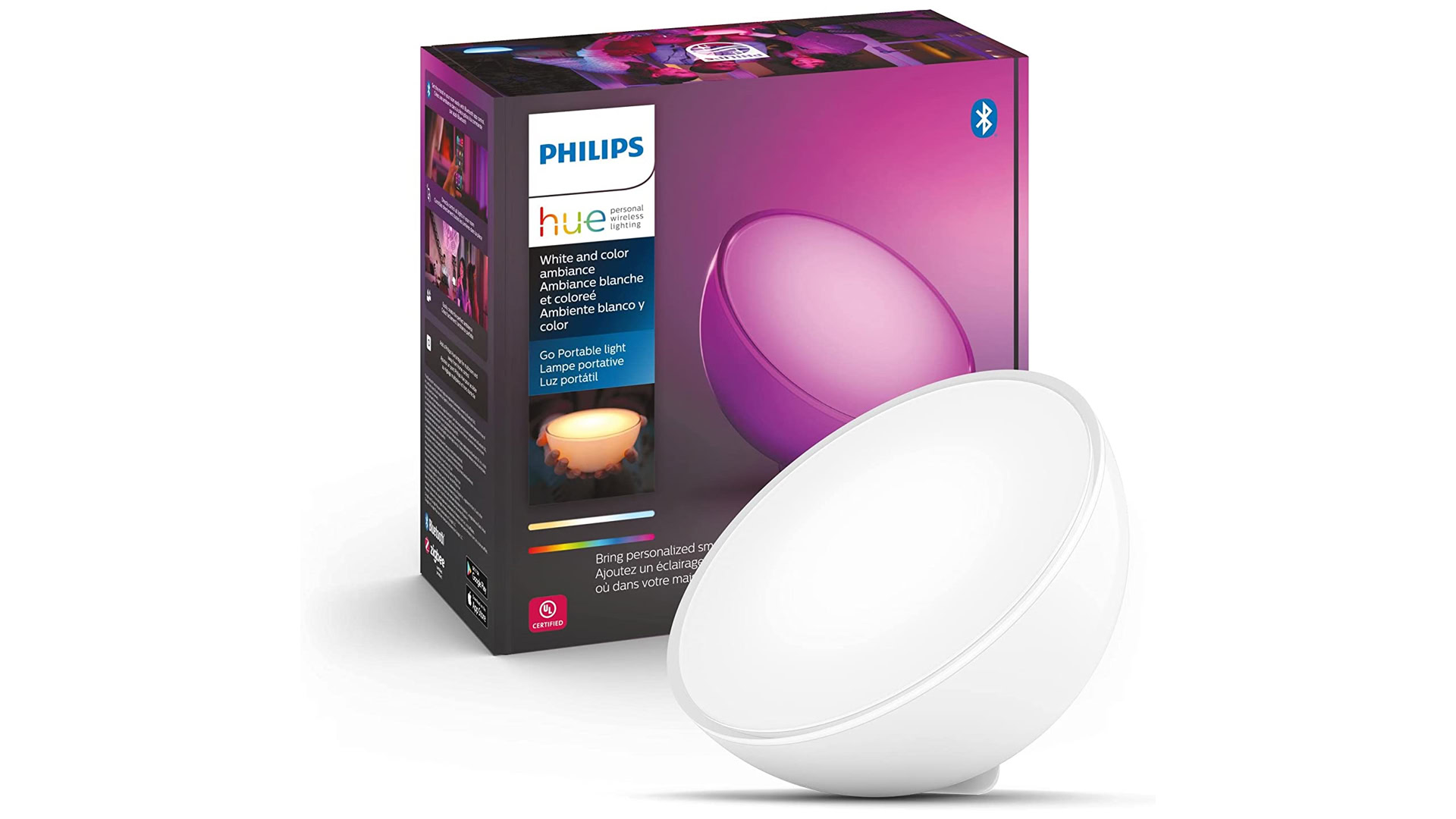
Philips Hue is best known for its smart bulbs (check out its White and Color Ambiance Starter Kit), but the Hue Go is an all-in-one smart lamp that can operate as both a fixed and portable device. When it’s on the move, it can run anywhere between 2.5 and 18 hours off an internal battery, depending on lighting mode. Out-of-home controls options include Bluetooth and button toggles.
It’s still best inside your home, where wired power allows higher peak brightness, and it can connect wirelessly to a Hue Smart Hub for automations and linking with Alexa, HomeKit, and Google Assistant, not to mention other Hue lights. You can also sync it with your PC, music, or TV, the last requiring a Hue HDMI Sync Box.
Ecobee Smart Thermostat Premium
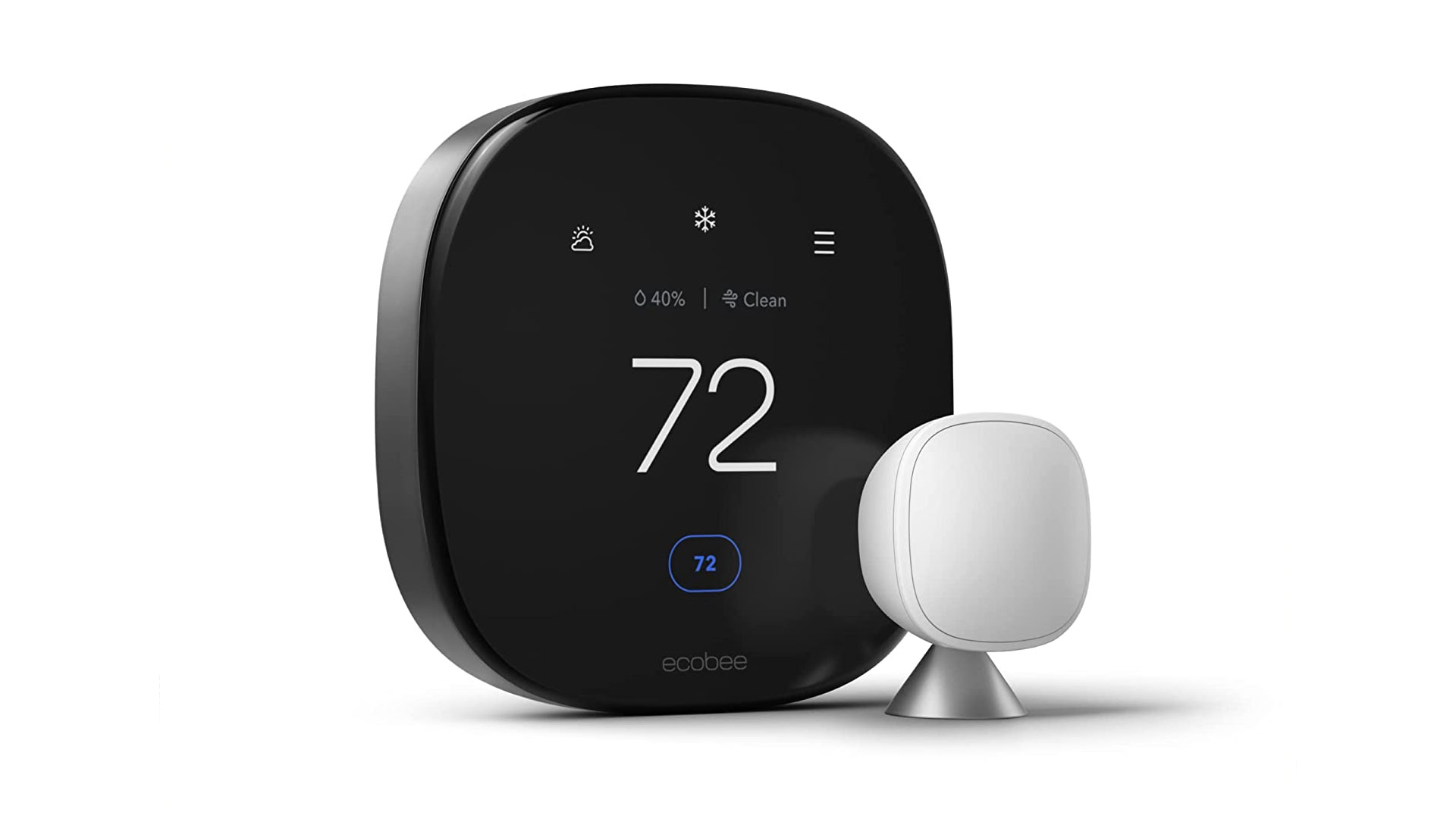
A smart thermostat is one of those rare devices that can actually save you money. It optimizes your home’s heating and cooling, shrinking power bills, particularly if you take advantage of scheduling options and home/away modes.
The Premium is mostly an evolution of Ecobee’s prior designs. Like its predecessor, it supports all three major smart home platforms (Alexa, HomeKit, and Google Assistant), and ships with an external temperature/occupancy sensor to improve accuracy. It can also operate as its own Alexa or Siri speaker, which makes it even easier to control than Nest thermostats. You’ll need a HomePod to enable Siri.
Upgrades for this generation include a metallic frame, a 50 percent larger display, an overhauled interface, and improved internal sensors. Those include radar for better occupancy detection, and an air quality sensor that monitors CO2 and VOCs (volatile organic compounds).
If you don’t care about speaker or air quality functions, or having an external sensor, the Smart Thermostat Enhanced is cheaper while retaining all of the Premium’s other benefits. You can always buy external sensors separately.
Kasa Smart Plug Ultra Mini
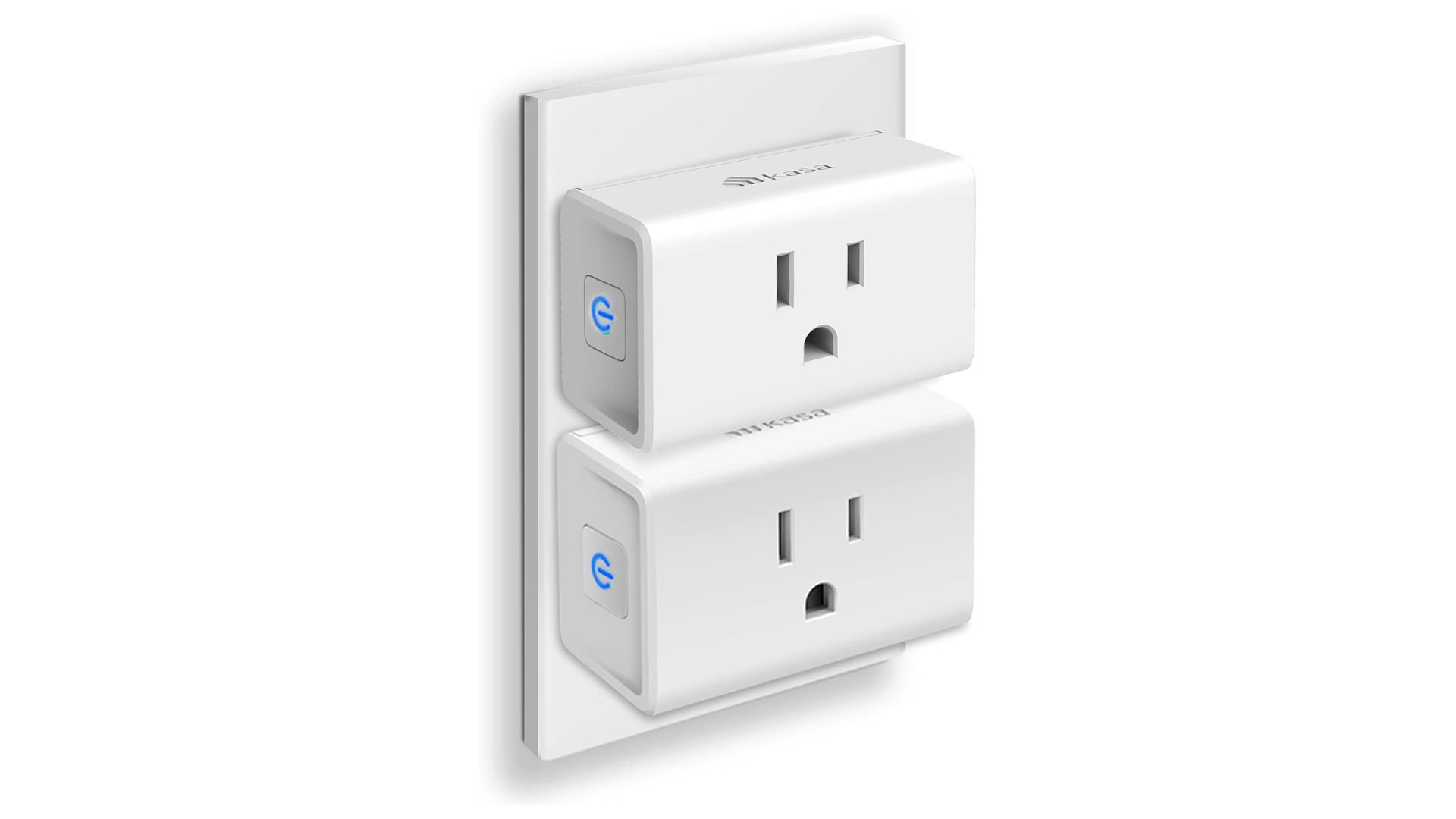
Smart plugs enable simple on/off control and automation of appliances like lamps, fans, coffee makers, and humidifiers (as long as they have a permanent power toggle). The Ultra Mini supports Alexa and Google Assistant, and connects to your home via 2.4GHz Wi-Fi. If you like you can manage it simply using the Kasa app.
Perhaps the best thing about it is its price — you can get a two-pack for less than $20, which makes it a pretty affordable way of automating a home.
Eufy 2K Video Doorbell

Video doorbells are one of the most popular smart home accessories with good reason. They alert you to new packages and visitors, and can potentially deter thieves and vandals. Eufy’s doorbell shoots in 2K resolution, and offers local recording to a wireless base station, meaning you don’t have to pay for a cloud subscription if you don’t want to. If also offers onboard person detection, which cuts down on false alerts triggered by animals, vehicles, or swaying trees.
You can monitor it with the Eufy app as well as Alexa and Google Assistant displays. If there’s a downside, it’s just that it has a maximum 180-day battery life, and you’ll need to take it down to recharge.
The future of IoT
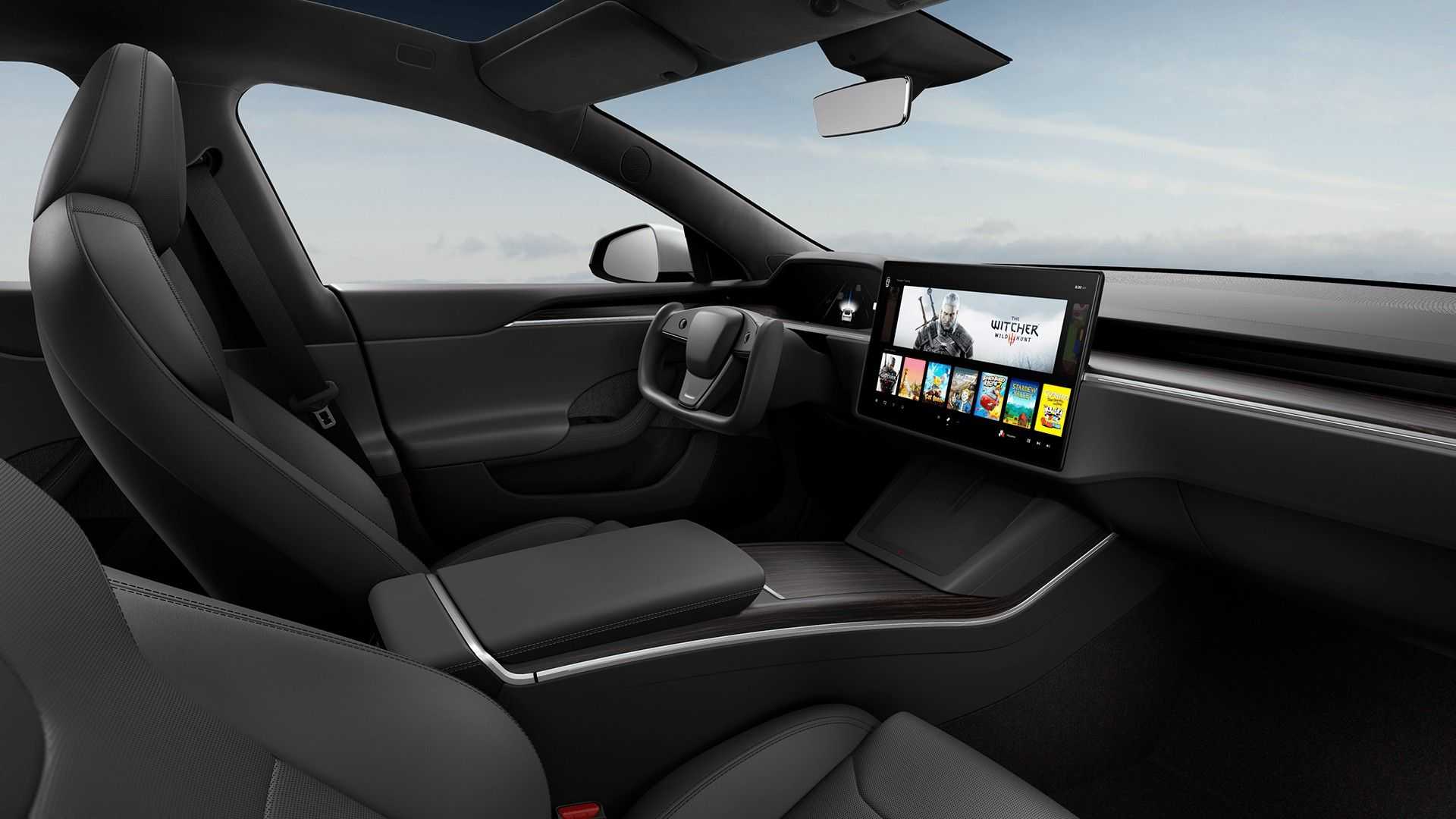
We don’t have a crystal ball, but for the most part, expect the IoT field to maintain an evolutionary course rather than a revolutionary one. The technology will simply become more widespread and refined, gradually shrinking barriers like power consumption and reliable wireless. That’s one of the things 5G was meant to address, though in practice, it hasn’t done much (yet).
There are at least two areas where you can expect big shakeups. The first is the smart home, since Matter should ultimately break down the platform boundaries hurting adoption, while Thread simultaneously improves speed and reliability for low-bandwidth accessories. It’s still early goings for either standard, but expect them to become the default for many products given major industry backing.
V2X vehicular connectivity could have an even bigger impact if it’s widely implemented. We’re not just talking about self-driving cars either — short of that goal, it could still optimize traffic flows and save lives. Among the current hurdles are establishing national and international standards, and actually getting it into more shipping vehicles, since V2X won’t help much unless it’s used en masse. Another important agenda item is security, since V2X could conceivably be used to surveil drivers or launch cyberattacks with deadly consequences.
Read more: The smart home privacy policies of Amazon, Apple, and Google
FAQs
No. They do often play an important role in controlling IoT systems, though.
Yes, and for smart homes, they’re often de facto as a way of enabling voice commands and/or linking other accessories.
Some of them can, yes. Many operate on private networks, and hub-based products can often run automations offline, even if they need to connect to the internet eventually.
As mentioned, two of the biggest ones are power consumption and reliable wireless. Power often dictates when and how devices can be made “smart,” and there’s no IoT at all if a device doesn’t have necessary bandwidth.
A lot of progress has been made in those areas, but another recurring challenge is platform fragmentation. In the smart home space, Alexa and Google Assistant accessories often won’t work with HomeKit, or vice versa. The Matter standard will hopefully address this, but it’s still very new.